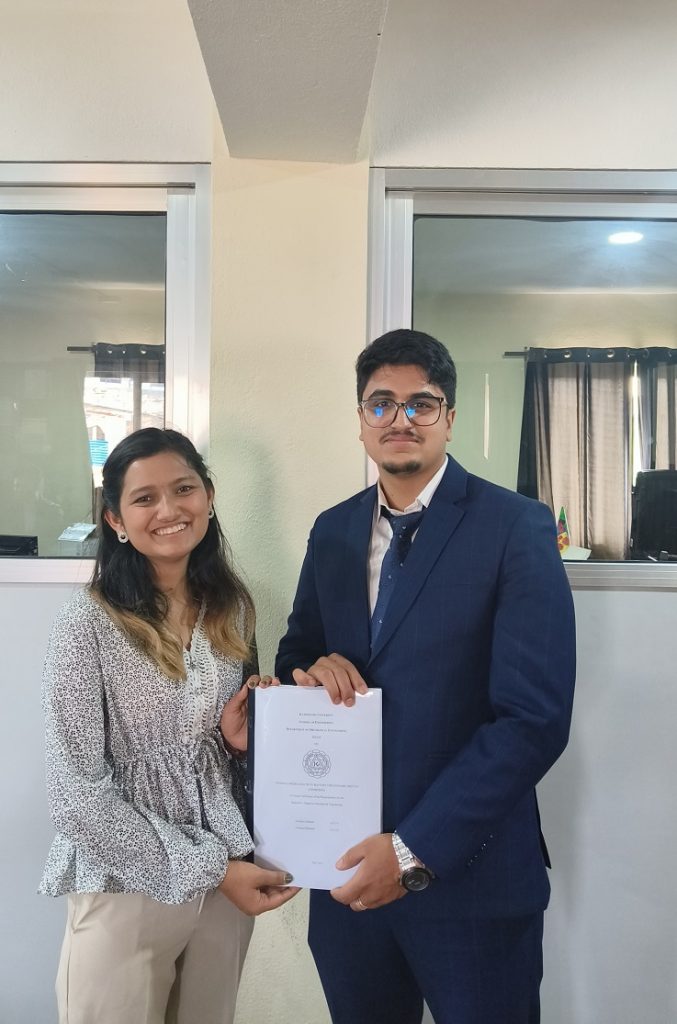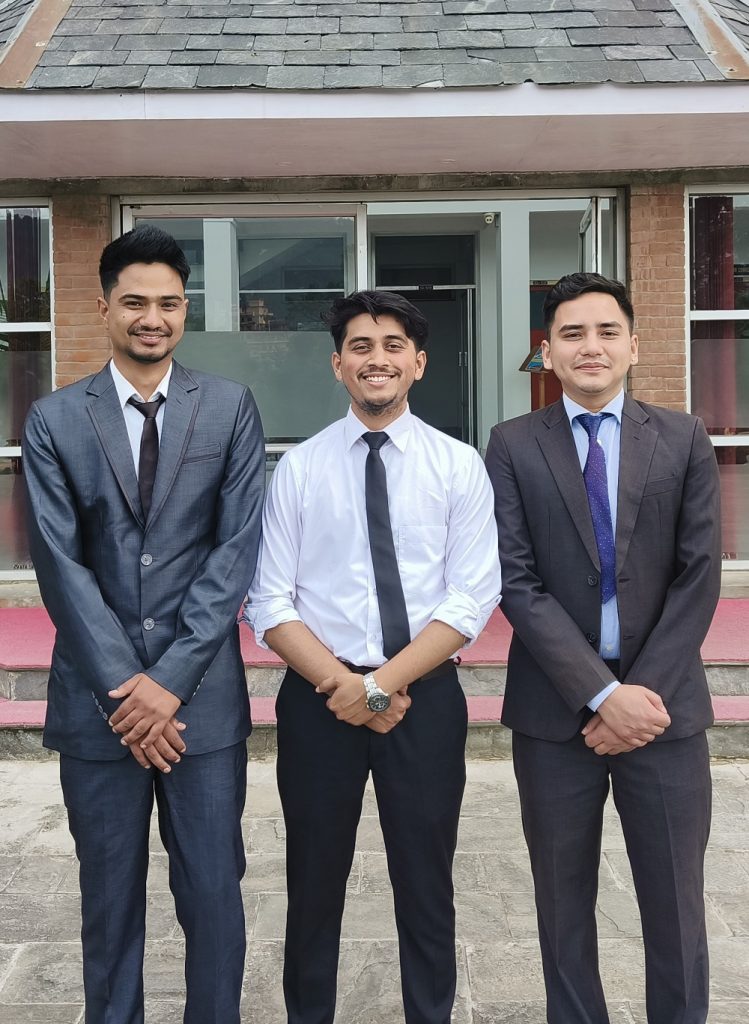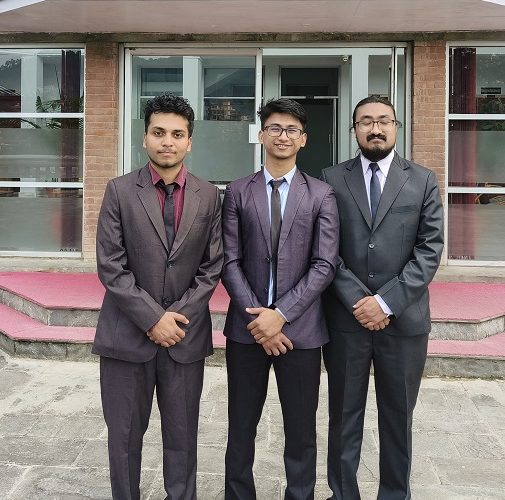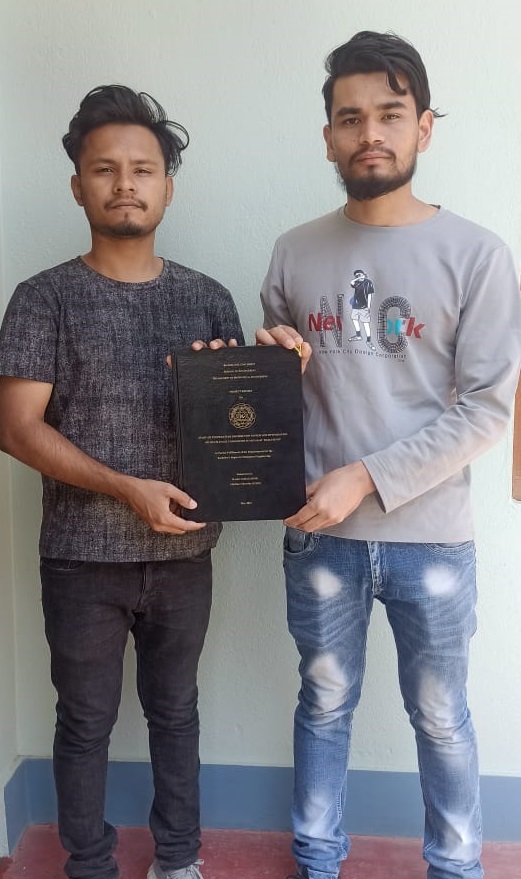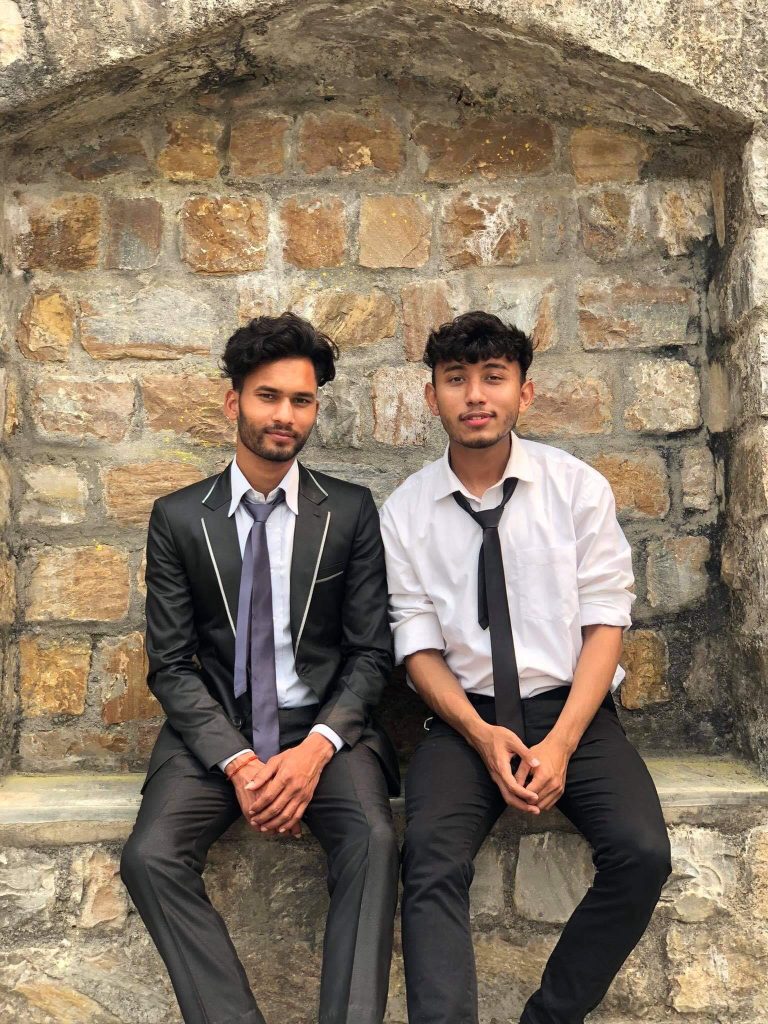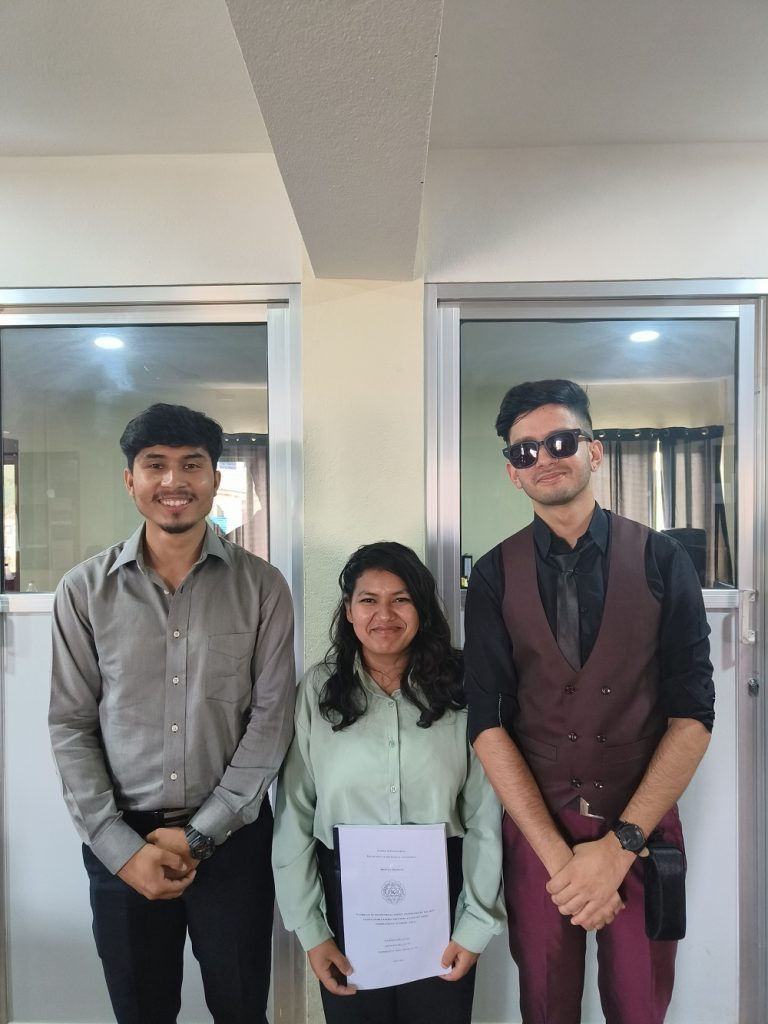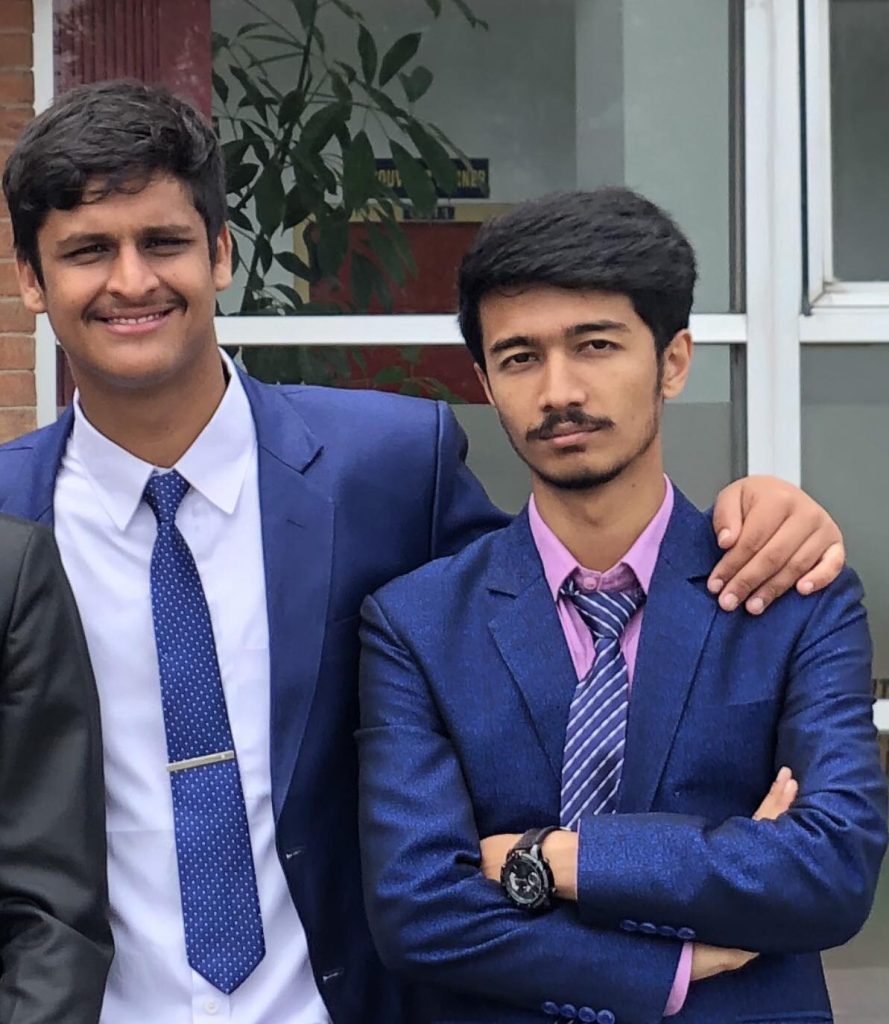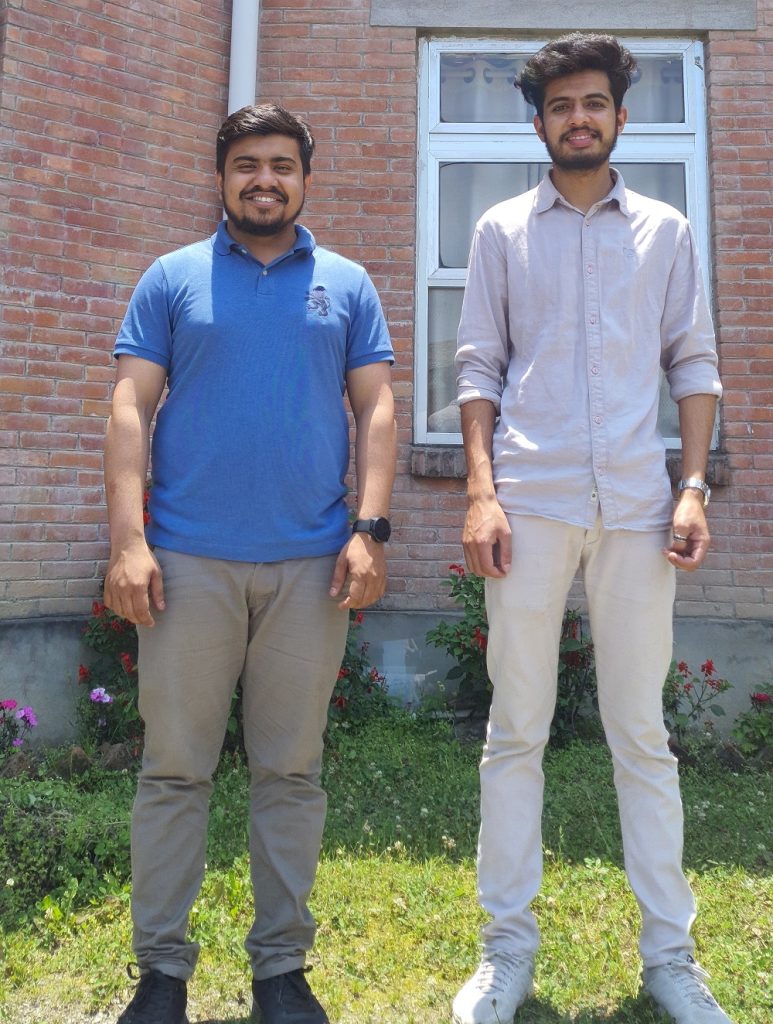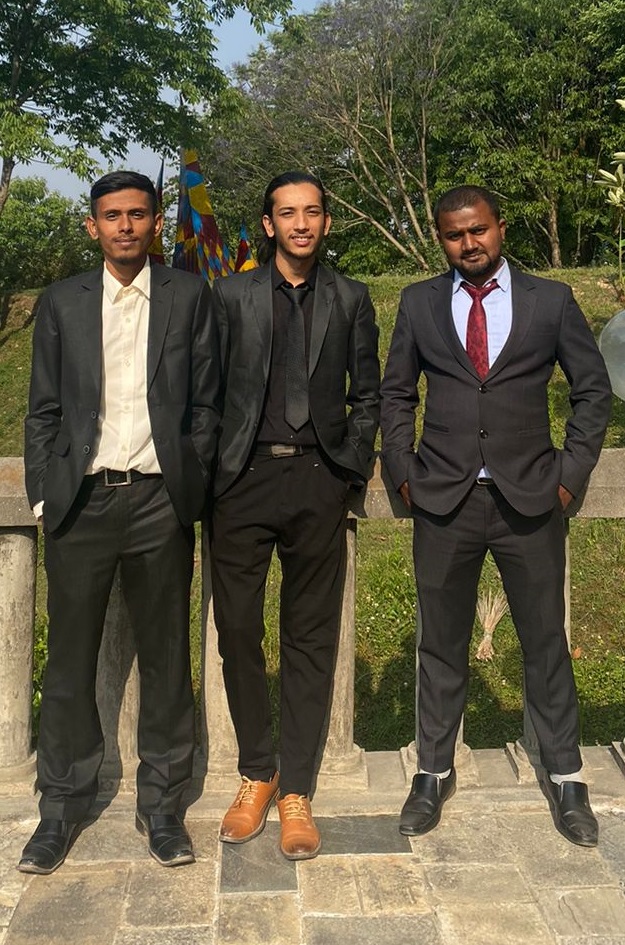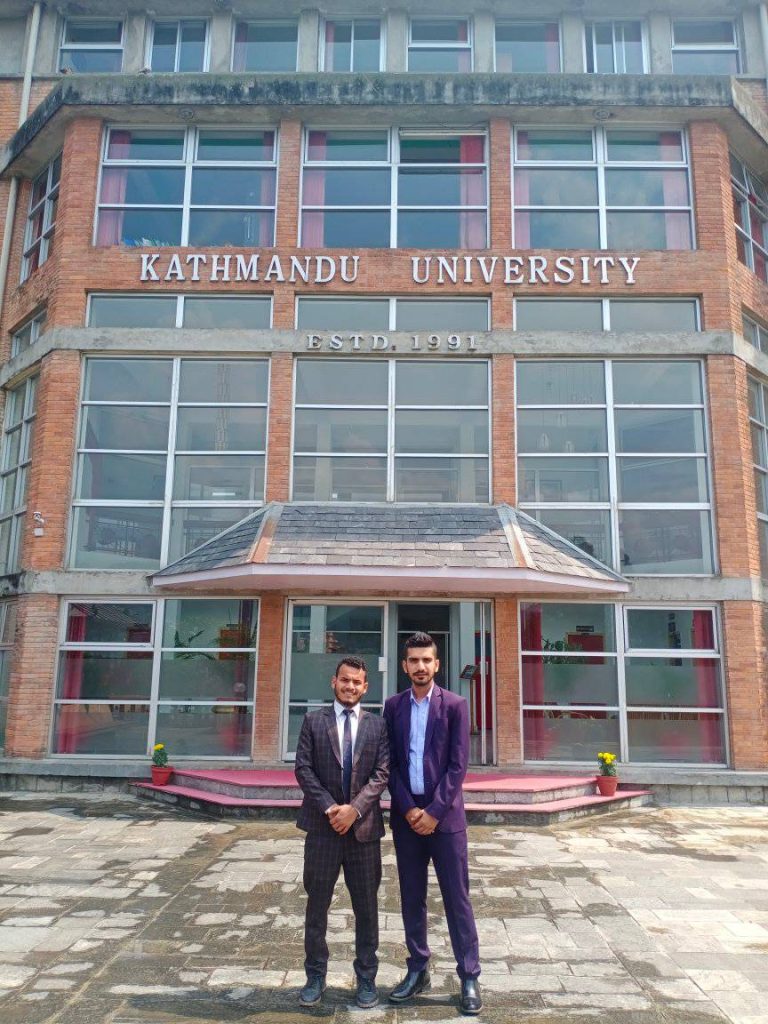THERMAL MODELLING OF EV BATTERY FOR DYNAMIC DRIVING CONDITIONS
The thermal behavior of EV batteries in start stop traffic varies considerably due to dynamic requirements and present literatures have only focused on the thermal behavior and modelling of EV batteries under standard test conditions. This work studies the thermal behavior of EV batteries under dynamic driving conditions. To achieve the thermal modelling of the EV batteries for dynamic conditions, MATLAB Simulink model has been constructed to simulate the thermal behavior of the battery. An experimental test setup is also constructed based on a scaled down model built in MATLAB Simulink and the test setup is used to experiment the simulated model. The drive cycle data was obtained by logging GPS data logger in passenger bus and the drive cycle pattern was identified and fed into the Simulink block. The experimental setup was run for a total of 180 minutes for three different data sources. The temperature of the EV battery reached a maximum temperature of 94.45 ℃ while the maximum temperature was 59.42 ℃ in the scaled down model. The limitations of the experimental setup inhibited the setup from obtaining results matching the theoretical simulation. However, evidence of similar patterns of experimental results was obtained in literature which has helped to support the validity of the results of the experiment.
EARTH-AIR COOLING FOR COMMUNITY BASED SYSTEM- A CASE STUDY
An Ashram in ISKCON Budhanilkanta was selected, made up of common building materials available in Nepal, which was designed in AutoCAD and the cooling load required to maintain the base temperature of 23°C was calculated. The system was then sized for each of the cooling systems. The cooling demand of the building was determined using TRNSYS, a transient system modeling software. TRNSYS analyzes the thermal needs for the cooling system by considering the climatic information and the building features, assisting in the design of the EAHE system. AutoCAD was used for duct design to achieve effective airflow distribution. The ductwork was created using the AutoCAD model as a base to ensure optimum air distribution inside the structure, reducing energy losses and enhancing system efficiency. Room design was made using Solidworks .Ansys was further used to simulate flow within the EAHE system. This simulation offers insights into the temperature distribution and airflow patterns.
Results show that the installation cost is high, but the operating cost is minimal. It might be the most cost-effective and energy-efficient method of providing cooling in buildings. However, correct design and installation are crucial to ensuring that the system continues to function effectively and efficiently over time.
TECHNO-ECONOMIC FEASIBILITY STUDY OF SOLAR KITCHEN SYSTEM
Nepal heavily relies on fossil fuels, with petroleum products accounting for 16.6% of total imports in FY 2021/22. To reduce this dependency, solar thermal systems such as solar steam cooking can be a viable solution, particularly in a developing country like Nepal, which has 300 sunshine days and an average of 6 hours of sunshine per day. This thesis aims to select an appropriate institution for a solar kitchen, design the solar kitchen system, and conduct a technical and economic feasibility study for the chosen site, KU Mess. The design is based on the site’s cooking load and available space, among other factors. The proposed system features seven 16 m² Scheffler reflectors with an optical efficiency of 59%, a 400 mm diameter spherical receiver made of boiler grade mild steel, heat transfer pipes of 50mm diameter made of mild steel. A payback period of 10 years at an 8% compound interest rate was calculated, and sensitivity analysis was performed for interest rates ranging from 1% to 12%.
STUDY OF TEMPERATURE DISTRIBUTION SYSTEM AND OPTIMIZATION OF MULTI-STAGE COMBUSTION IN METALLIC TIER-3 STOVE
The purpose of this research is to initiate secondary combustion in the combustion chamber for better combustion of the wood fuel. Secondary combustion not only supports the idea of low emission but also complete combustion and higher efficiency of the system. Using the KII methods and social survey the project captures the condition of the cook stoves of Kushma village, Parbat, and ICS distribution throughout Nepal. The research selects a reference model for the combustion simulation, insulates the stove system, and heats the secondary air for the secondary combustion of the fuel. The project was able to achieve air heating of around 730K using the primary combustion zone for secondary air heating. The study answers the conditions required for secondary combustion. Further studies are needed to estimate the flue gases and emission of pollutants.
REMODELING OF TEST RIG FOR THERMAL CONDUCTIVITY OF METALLIC ROD
The modified test rig included a detachable rod, allowing for greater flexibility in testing, and a data acquisition system that recorded temperature readings automatically at given intervals, reducing the need for manual observation. The experiment was conducted with and without insulation to determine the impact on heat loss and the accuracy of the thermal conductivity measurements. The temperature gradient and thermal conductivity were calculated for both cases. The results showed that the insulation reduced heat loss and improved the accuracy of the thermal conductivity measurements. Despite some fluctuations in the results, the modular design was successfully created. The project has significant implications for the accurate measurement of thermal conductivity in metal rods and the development of modular test rigs. In conclusion, this project successfully modified an existing test rig into a modular test rig. The findings of the experiment highlight the importance of insulation and automatic data acquisition for accurate thermal conductivity measurements, and the modular design has significant implications for future research in this field.
FEASIBILITY OF INSTITUTIONAL ENERGY GENERATION BY SOLAR PV AS SUSTAINABLE ENERGY SOLUTION- A CASE OF COSMIC INTERNATIONAL ACADEMY, NEPAL
The energy consumption of Nepal has been increasing in a regular basis due to which the energy produced by NEA and IPP do not suffice which leads to the need for importing energy from India. To become independent and maintain the demand-supply chain of energy users, efforts should be made to motivate users to utilize renewable energy more. To better utilize these sources, including solar PV which receives 3.6-6.3 kWh/m2 of solar radiation per day, requires appropriate studies for different sectors, including industrial, commercial, and residential areas.
This study provides a detailed methodology and results for reference and validation, and it can facilitate further research on solar PV systems for institutions in Nepal and around the world. From the result obtained from the simulation and validation it can be concluded that in the commercial sector of Nepal, on-grid solar PV is feasible to install/implement in real life both technically and economically.
DESIGN AND SIMULATION STUDY OF SOLAR-POWERED COOLING
The report mentions the design as well as a simulation study for a solar based absorption cooling model for a chamber design of a small volume which can be often used to store vegetable and fruit. The objective of this model was to determine the COP of the absorption cooling system depending upon the weather conditions for Dhulikhel, Nepal as well as compares the effectiveness of the system while varying different input parameters. The simulation model was made in TRNSYS which is often used for building energy analysis, renewable energy system design, HVAC system evaluation, solar energy studies. The findings of this study contribute to the understanding of solar cooling technology for small-scale applications with very low volume chambers. The system was able to meet the cooling demand of the small chamber. The results demonstrate the potential of solar cooling as an environmentally friendly and energy-efficient cooling solution. The outcomes can be utilized by researchers, designers, and policymakers in the development and implementation of solar cooling systems for similar applications.
EXPERIMENTAL INVESTIGATION OF AEROPONIC VESSEL: A Soilless Culture
This project aimed to design, develop, and investigate the performance of an aeroponic system for efficient and sustainable plant growth. The effects of different nutrient solutions and misting frequencies on plant growth and development were investigated, along with the impact of mist frequency on temperature and humidity control. The major findings indicate that the aeroponic system resulted in significantly higher plant growth and efficiency, with lower water consumption and nutrition waste. It was also observed that an exact concentration of nutrition is required for plant survival, growth, and development. Additionally, an optimum mist frequency is necessary, and the concentration of oxygen and nitrogen in the root environment must be maintained at appropriate levels. The system was also found to have a good response in maintaining temperature and humidity levels inside the root chamber. These findings demonstrate the potential of aeroponic systems for sustainable and efficient plant growth and highlight the importance of careful consideration of factors such as nutrition, mist frequency, and environmental control for optimal growth and development of plants.
STUDY OF EARTHQUAKE RESISTANT BUILDING FOR PASSIVE AND ACTIVE THERMAL RETROFITTING STRATEGY- A CASE STUDY
This research study evaluates the potential of passive and active thermal retrofitting strategies for enhancing the energy efficiency and thermal comfort of buildings. The research aims to find and recommend the best retrofitting measures for various weather conditions and different types of building. This research work explains the methodology used to measure and simulate the thermal performance of the building. The site analysis covers three case study locations: Butwal, Galyang, and Chame. TRNSYS is tentatively used for the simulation to analyze the thermal performance of building. TRNSYS components model was validated based on indoor temperature acquired from data-loggers placed at research area. According to simulated result, yearly average cooling load demand at Butwal was 9.05 KW while heating load demand at Syangja and Chame were 1.158KW and 1.41KW respectively. The result indicate that it is possible to reduce heating/cooling by 1.5- 2.5 times with implication of different retrofitting strategies. This research work also suggests the way to fulfill remaining load with integration of most efficient active system. This research aims to contribute to the development of sustainable retrofitting strategies for improving the energy efficiency and thermal comfort of buildings in earthquake-prone areas.
SIMULATION BASED STUDY OF HIGH-ALTITUDE GREEN HOUSE
Green House (GH) technology is the practice of growing crops in a covered structure for economic gain, by utilizing the benefits of solar radiation and controlling the environmental conditions for optimal plant growth and development. The simulation takes into account all of the heat transfer mechanisms including the heat capacities of the thick walls and the ground and the natural convection inside the GH. For GH site development the major trek route of Nepal is considered. The Criteria for potential site development are set and by the use of PUGH matrix. Chomrong village of Annapurna South Route scores the highest among all considered site. Hence the Chomrong become the best suitable site for the GH design. The temperatures were taken according to the average monthly temperature of the Chomrong an enclosed solar GH with a 10 m span and 2 m ridge height which south roof covered with a thin plastic film during the daytime. The main objective of this study is to simulate air distribution inside the GH with different outlets at north roof and west wall and Temperature modelling using the DO radiation model had done using a computational fluid dynamics (CFD) analysis.
After doing the simulation-based study upon implementing the external climate condition air distribution is better in GH which has the four outlets at north roof and the air temperature reach inside the GH using the DO radiation model was 298- 300ð¾ , which is in line with the minimum growth for off-season vegetables.
